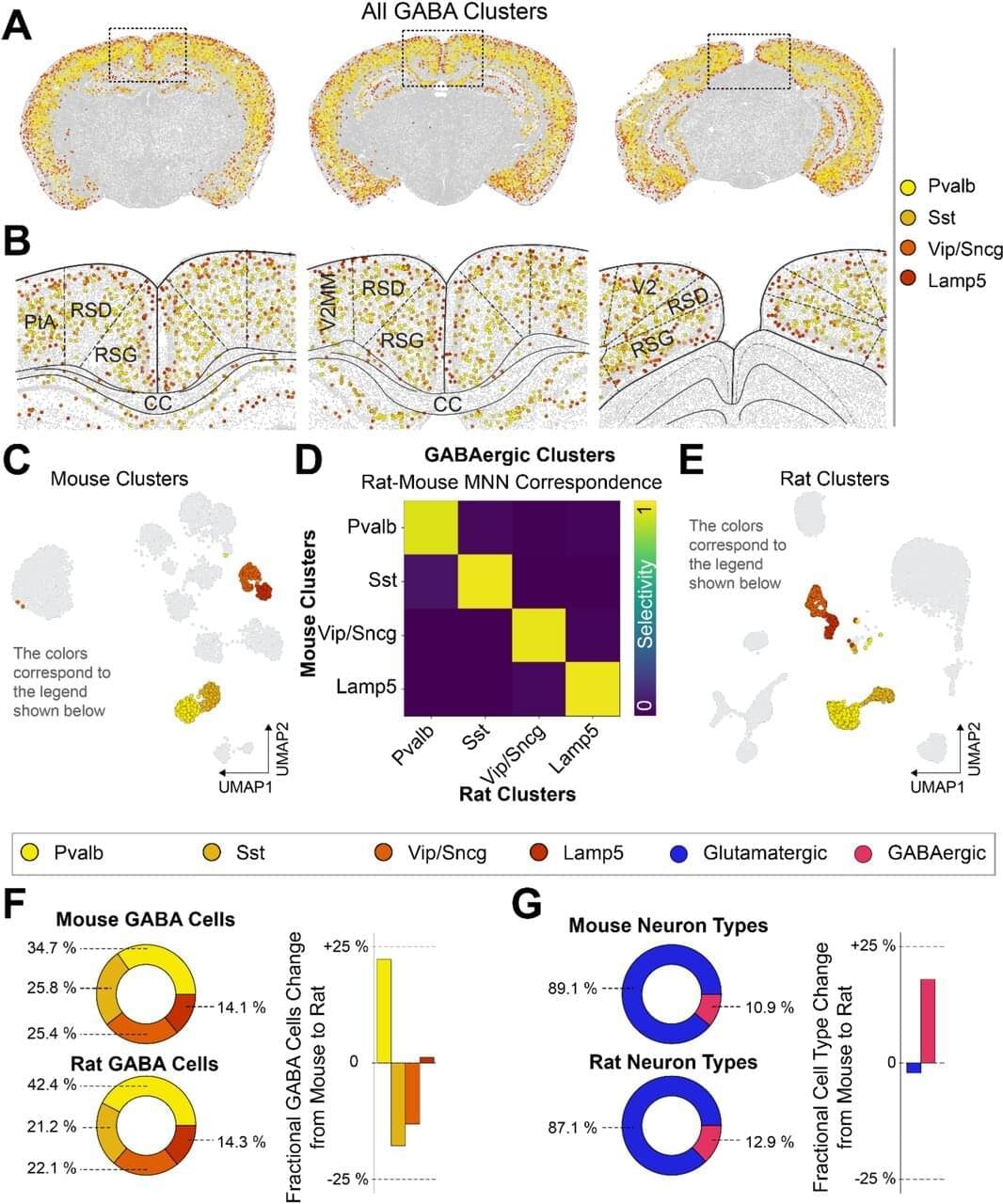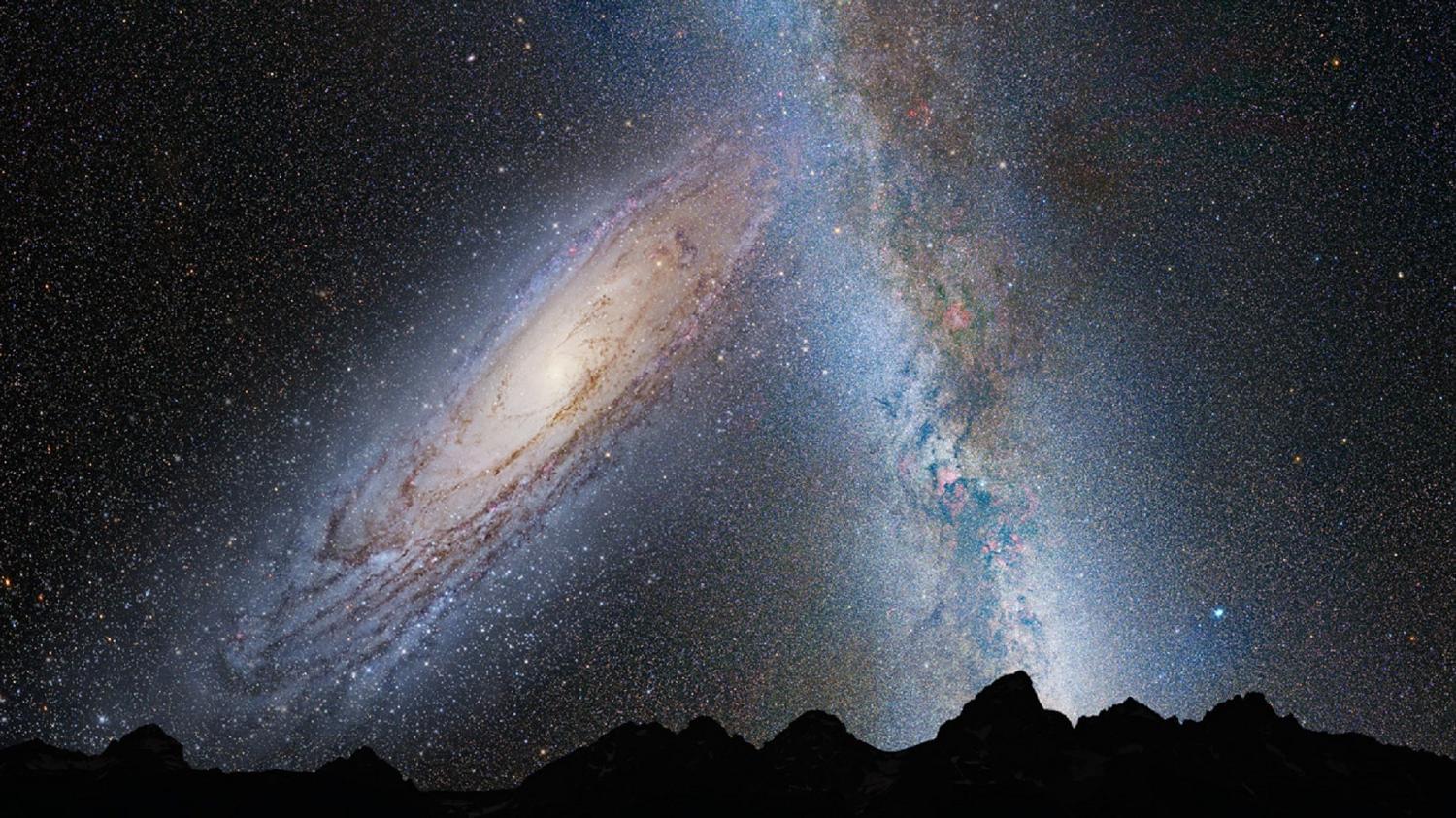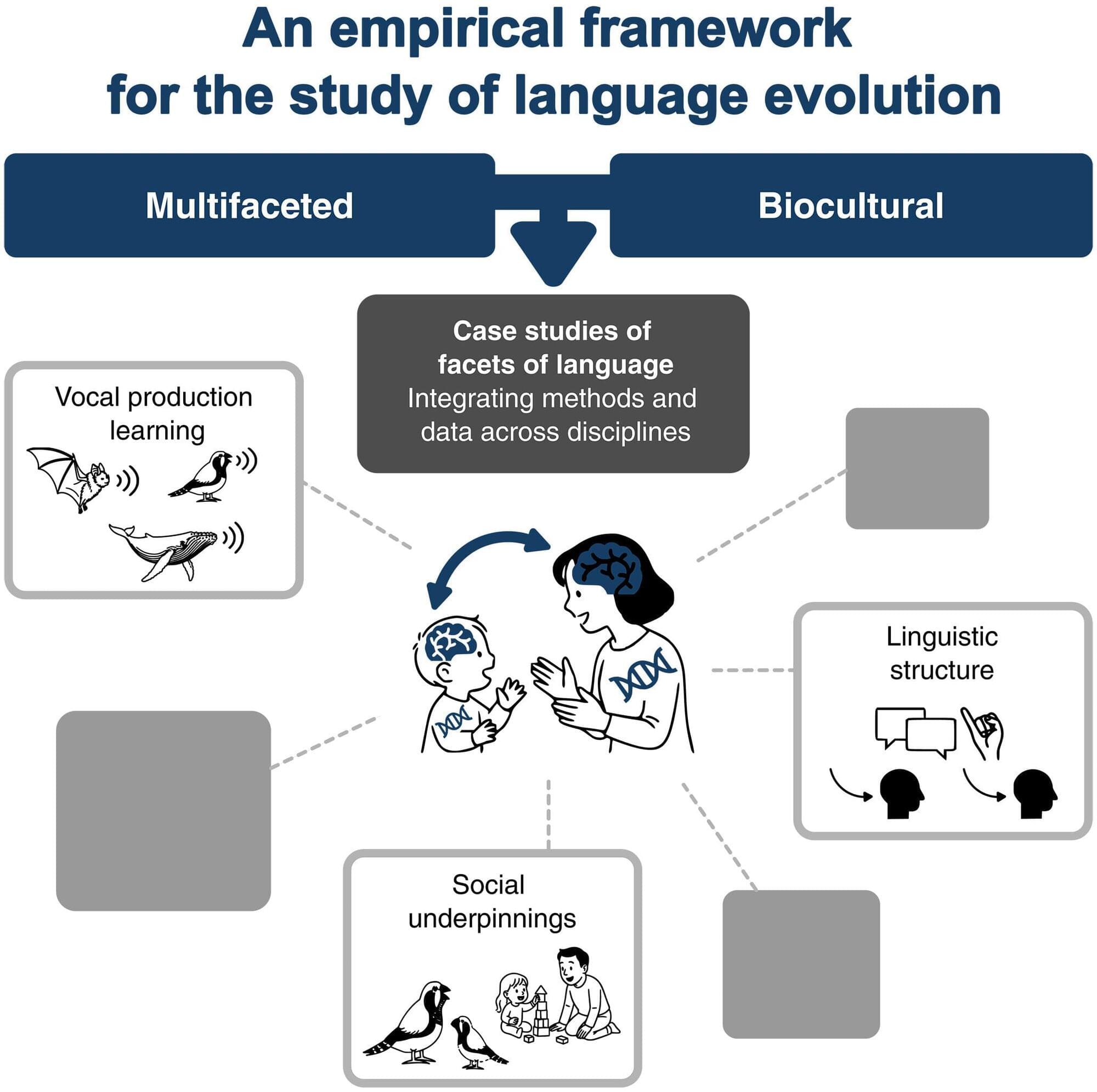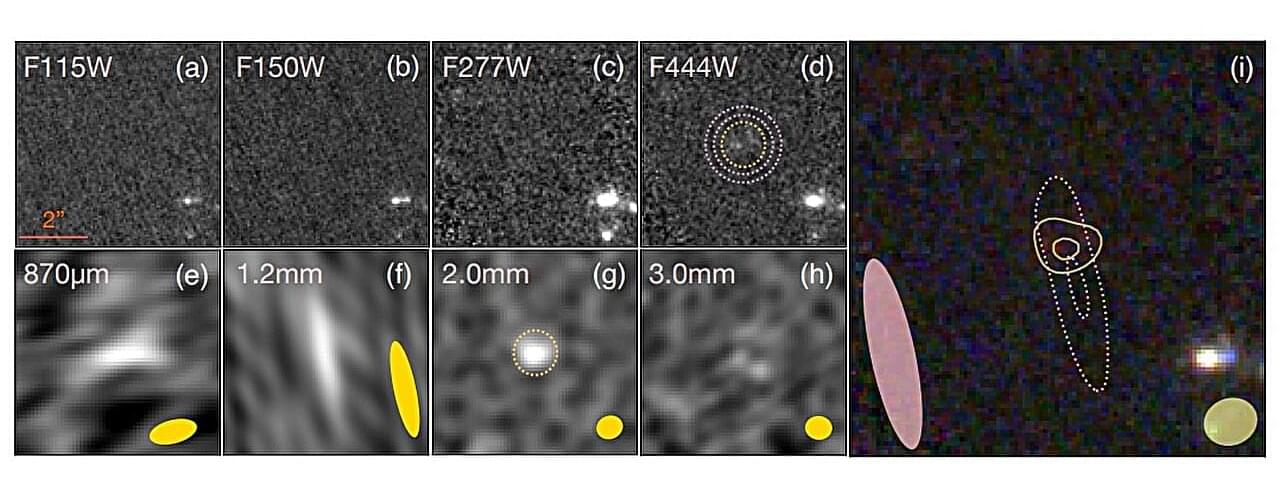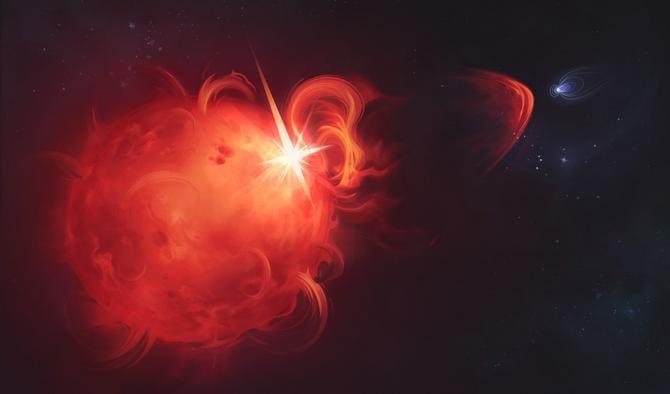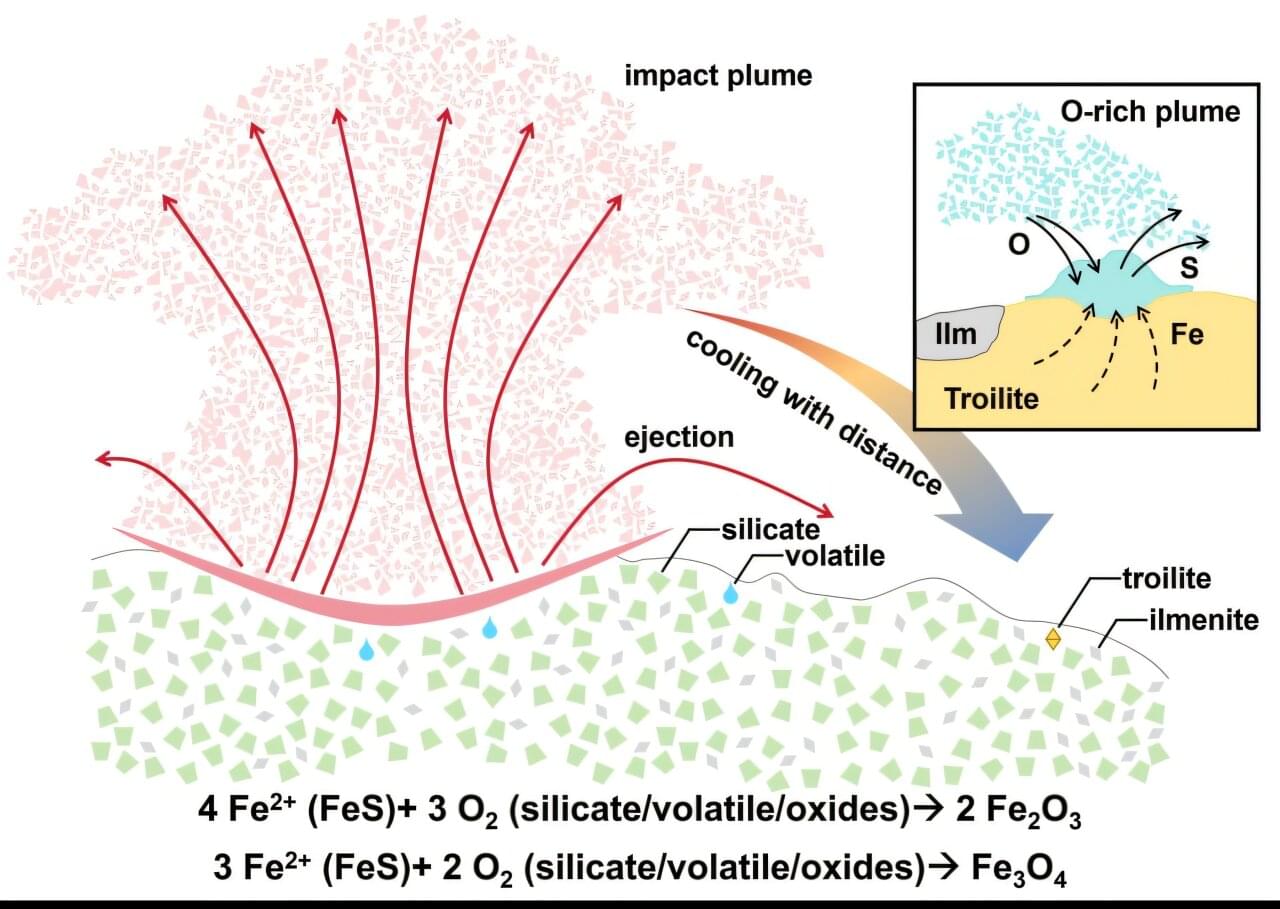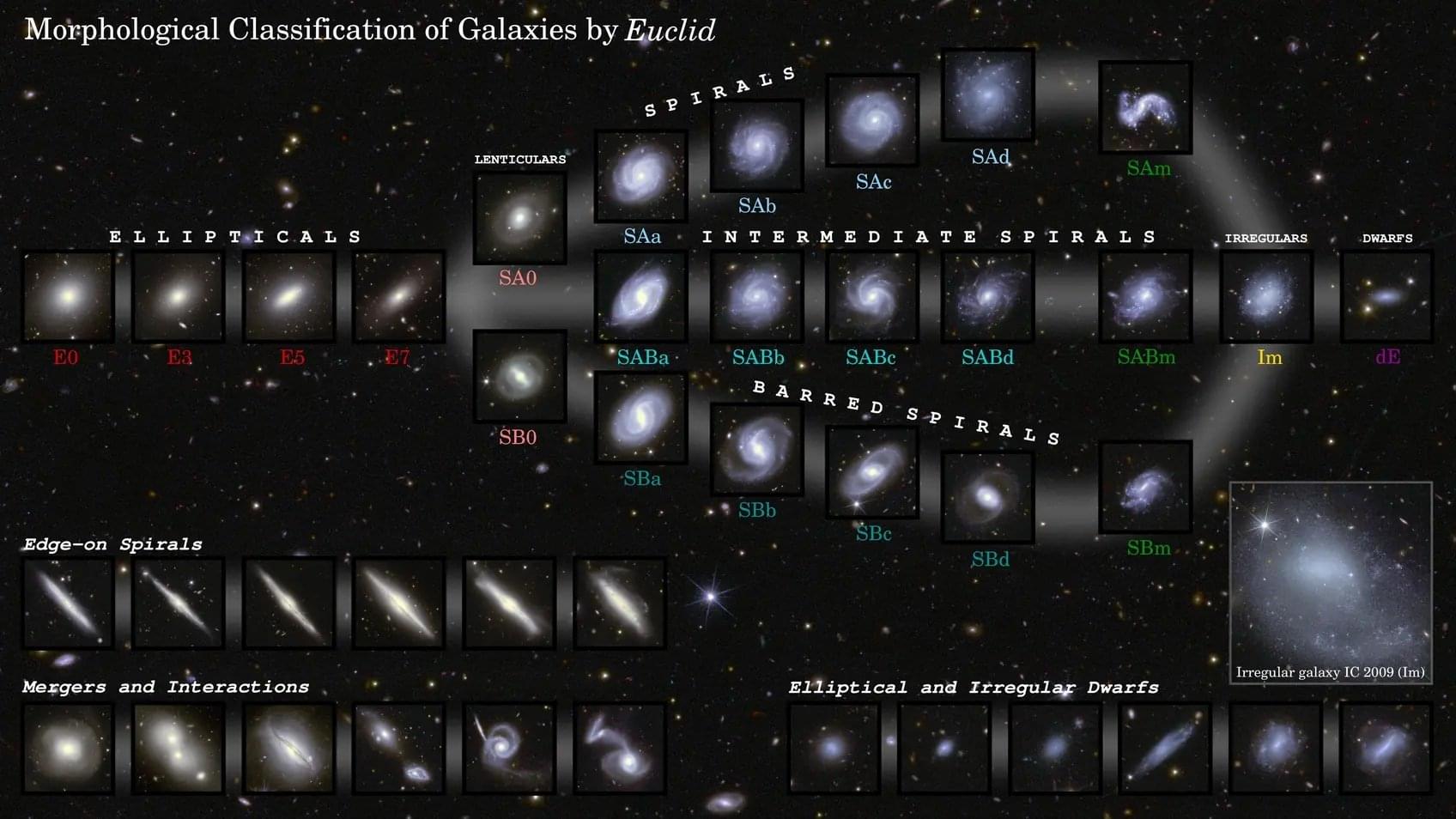A new study challenges the idea that language stems from a single evolutionary root. Instead, it proposes that our ability to communicate evolved through the interaction of biology and culture, and involves multiple capacities, each with different evolutionary histories. The framework, published in Science, unites discoveries across disciplines to explain how the ability to learn to speak, develop grammar, and share meaning converged to create complex communication.
For centuries, philosophers and scientists have wrestled with understanding how human language came about. Language defines us as a species, yet its origins have remained a mystery. In a remarkable international collaboration, 10 experts from different disciplines present a unified framework to address this enduring puzzle, harnessing powerful new methods and insights from their respective scientific domains.
“Crucially, our goal was not to come up with our own particular explanation of language evolution,” says first author Inbal Arnon, “Instead, we wanted to show how multifaceted and biocultural perspectives, combined with newly emerging sources of data, can shed new light on old questions.”
